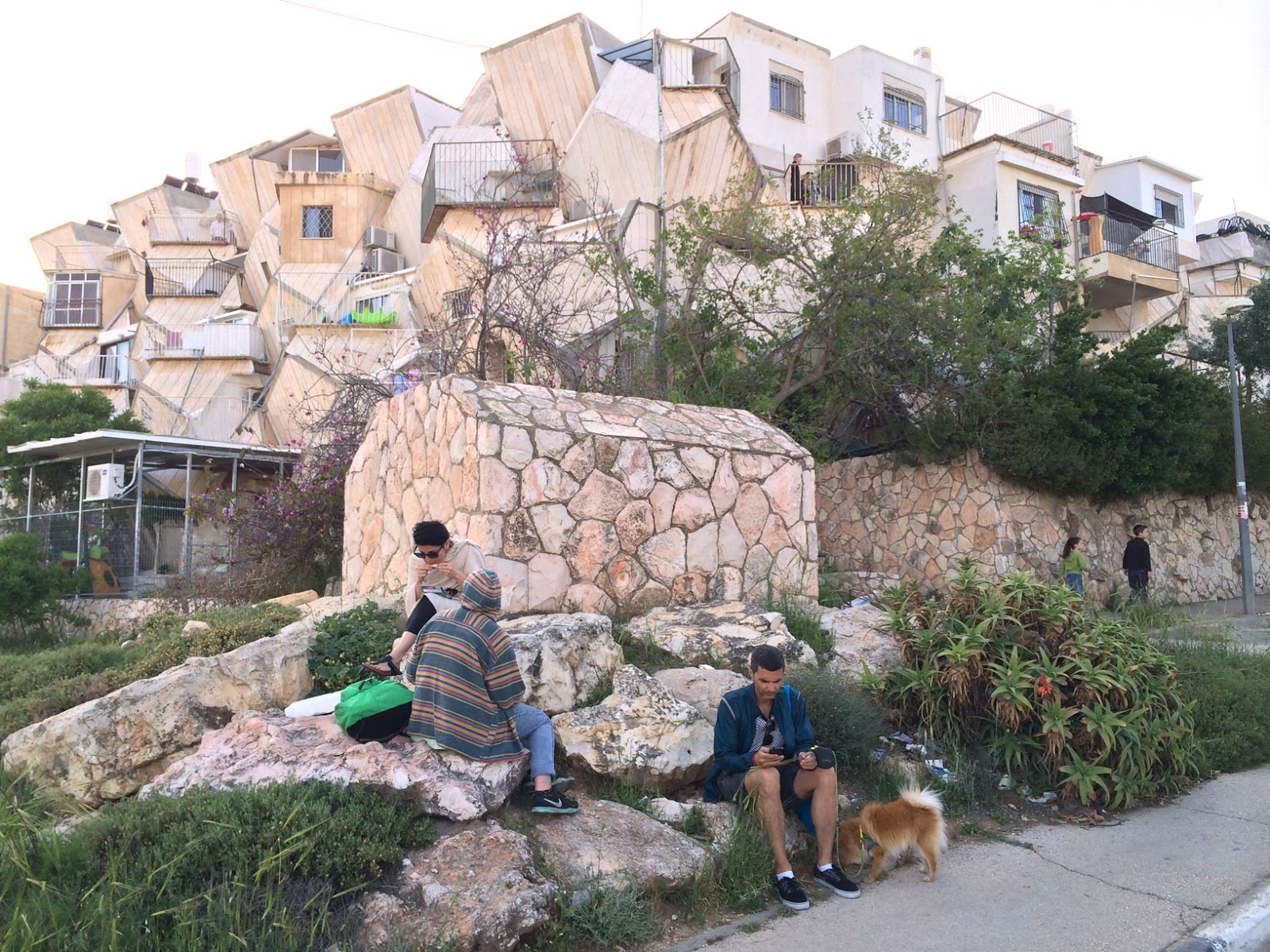“1994”
(20 pics I took 20 years ago that I
would have instagramed if there was instagram 20 years ago).”
instagram mini feed, 2014
@thebreedergallery
@angelidakis
1994 is a collection of 20 pictures of
city scenes taken 20 years ago. They could be described as ancient
instagram, because the buildings they show can each be described
with 2-3 words, or maybe just an emoticon. They also represent an
ancient form of digital photography, as Angelidakis shot these
while walking around with an ancient Hi8 video camera, then
proceeded to digitally screen capture them with the equally ancient
Power Macintosh 8100, his first computer.
Some of these pictures were published
the 3rd issue of Purple Fashion magazine in 1996, under
the heading Streetstyle. Some others were published in Beige,
an architectural theory manifesto about buildings that look like
computers. Beige appeared
in the 11th issue of Purple Prose (1996), and consisted of
photos and text about these computer-like buildings, which were in
fact unfinished semi-legal buildings trying to pass as corporate
headquarters of family run businesses.
Other photos show a curious half tree –
half building, or a concrete module intended for underwater
construction but instead abandoned on the side of the road. All the
pictures were shot on the streets of Greek cities, where Angelidakis
enjoyed drifting looking for readymade architectural objects for his
imaginary library of potential buildings.
If Instagram existed 20 years ago,
these pictures would never have been printed in magazines, but fed
instead to his always hungry instagram feed.
#1994
#instagramweproject

























































1.jpg)













